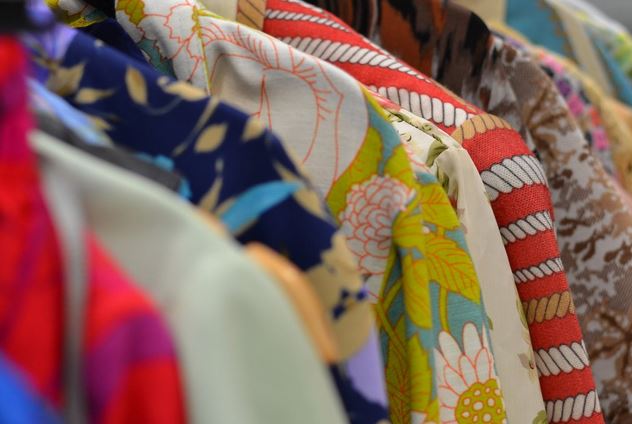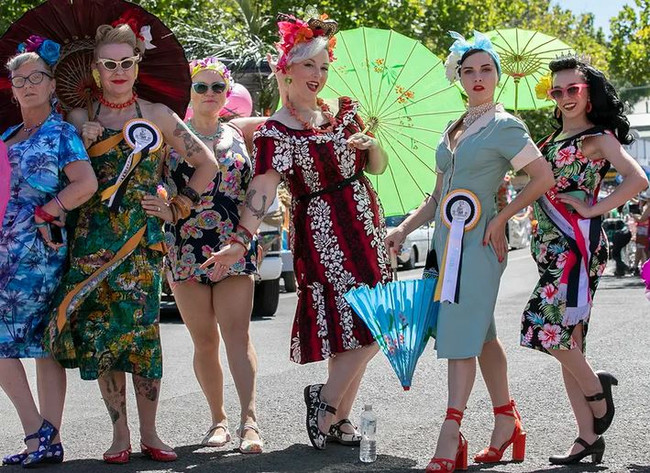A guide to sustainable and eco-friendly fashion choices | |

| |
In a world where fast fashion dominates, it's essential to shift our focus towards sustainable and eco-friendly fashion choices. The fashion industry has a significant impact on the environment, from excessive waste to harmful production practices. By making conscious decisions about what we wear, we can contribute to a more sustainable future. In this article, we will explore the concept of sustainable fashion, discuss the benefits of eco-friendly choices, and provide practical tips for incorporating sustainability into your wardrobe. Get ready to dress with purpose and planet in mind! Understanding Sustainable FashionSustainable fashion refers to clothing that is produced and consumed in a way that minimizes its environmental impact and promotes ethical practices throughout the supply chain. It encompasses various aspects, including: 1. Ethical ManufacturingSustainable fashion prioritizes fair labor practices, ensuring that workers receive fair wages, safe working conditions, and are treated with dignity and respect. It promotes transparency and accountability in the manufacturing process. 2. Use of Sustainable MaterialsSustainable fashion incorporates materials that have a lower environmental impact, such as organic cotton, hemp, bamboo, recycled fabrics, and innovative materials made from renewable resources. It aims to reduce the use of non-renewable resources and harmful chemicals. 3. Waste Reduction and RecyclingSustainable fashion focuses on reducing waste by promoting circularity in the fashion industry. This includes designing garments for longevity, encouraging clothing repair and alteration, and recycling or upcycling materials to create new products. The Benefits of Eco-Friendly Fashion ChoicesChoosing sustainable and eco-friendly fashion options brings numerous benefits to both individuals and the planet. Here are some advantages of embracing a more conscious approach to fashion: 1. Reduced Environmental ImpactEco-friendly fashion choices help reduce pollution, resource depletion, and waste generation. By opting for sustainable materials and production processes, you can minimize your carbon footprint and contribute to a healthier environment. 2. Support for Ethical PracticesBy supporting brands that prioritize ethical manufacturing, you are advocating for fair working conditions and the well-being of garment workers. Your choices can empower workers and promote positive change within the fashion industry. 3. Unique and Timeless StyleSustainable fashion often focuses on timeless designs and high-quality craftsmanship. By investing in well-made garments that withstand trends, you can build a wardrobe that reflects your personal style and stands the test of time. 4. Financial SavingsWhile sustainable fashion may initially have a higher price point, investing in quality pieces can save you money in the long run. By choosing well-made garments that last longer, you reduce the need for frequent replacements, ultimately saving resources and money. Tips for Making Sustainable Fashion ChoicesIncorporate sustainability into your wardrobe with these practical tips: 1. Educate YourselfLearn about sustainable fashion, familiarize yourself with ethical brands, and understand the impact of your clothing choices. Look for certifications and labels such as Fair Trade, Global Organic Textile Standard (GOTS), and Bluesign that indicate sustainable practices. 2. Embrace Secondhand and Vintage ShoppingExplore thrift stores, consignment shops, and online platforms for pre-loved clothing. Embracing secondhand fashion reduces waste and gives garments a new lease on life. Vintage shopping allows you to discover unique, one-of-a-kind pieces with a story to tell. 3. Choose Quality Over QuantityOpt for well-made garments that prioritize quality materials and craftsmanship. Invest in versatile pieces that can be mixed and matched, allowing for a more sustainable and minimalist wardrobe. 4. Practice Care and RepairExtend the lifespan of your clothing by caring for them properly. Follow washing instructions, mend minor damages, and consider visiting a tailor for alterations. By maintaining and repairing your garments, you can reduce the need for replacements. 5. Rent or Borrow for Special OccasionsFor special events or occasions where you may only wear a particular outfit once, consider renting or borrowing instead of buying new. This reduces the demand for fast fashion and allows you to enjoy stylish options without the long-term commitment. Frequently Asked Questions (FAQs)Q: Is sustainable fashion only for high-end brands?A: No, sustainable fashion is becoming more accessible across different price ranges. Many affordable and mid-range brands are embracing sustainable practices and offering eco-friendly options. Q: How can I dispose of unwanted clothing sustainably?A: Instead of throwing away unwanted clothing, consider donating them to local charities, clothing banks, or textile recycling programs. Some brands also offer take-back programs for recycling or upcycling old garments. Q: Can sustainable fashion be stylish and trendy?A: Absolutely! Sustainable fashion encompasses a wide range of styles, from classic to trendy. Many sustainable brands focus on innovative designs that reflect current fashion trends while maintaining their commitment to ethical and sustainable practices. ConclusionChoosing sustainable and eco-friendly fashion options is a powerful way to make a positive impact on the environment and support ethical practices within the fashion industry. By embracing sustainable materials, ethical manufacturing, and mindful consumption, we can shape a more sustainable and stylish future. Let's dress with purpose and planet in mind, one conscious fashion choice at a time. | |
| Category: Fashion | |
| Total comments: 0 | |
 |
| How to incorporate vintage pieces into modern outfits |
 |
| The benefits of regular exercise for mental health |
 |
| Tips for Managing and Preventing Hair Static |
 |
| 5 Essential Makeup Products for a Winter Wonderland |
 |
| The Secrets to Achieving Voluminous Hair |
 |
| A beginner's guide to meditation and mindfulness |
 |
| The Best Foundations for Dry Skin |
 |
| Fashion-forward hairstyles and hair trends |
 |
| Styling Tips to Look Chic on a Budget |
